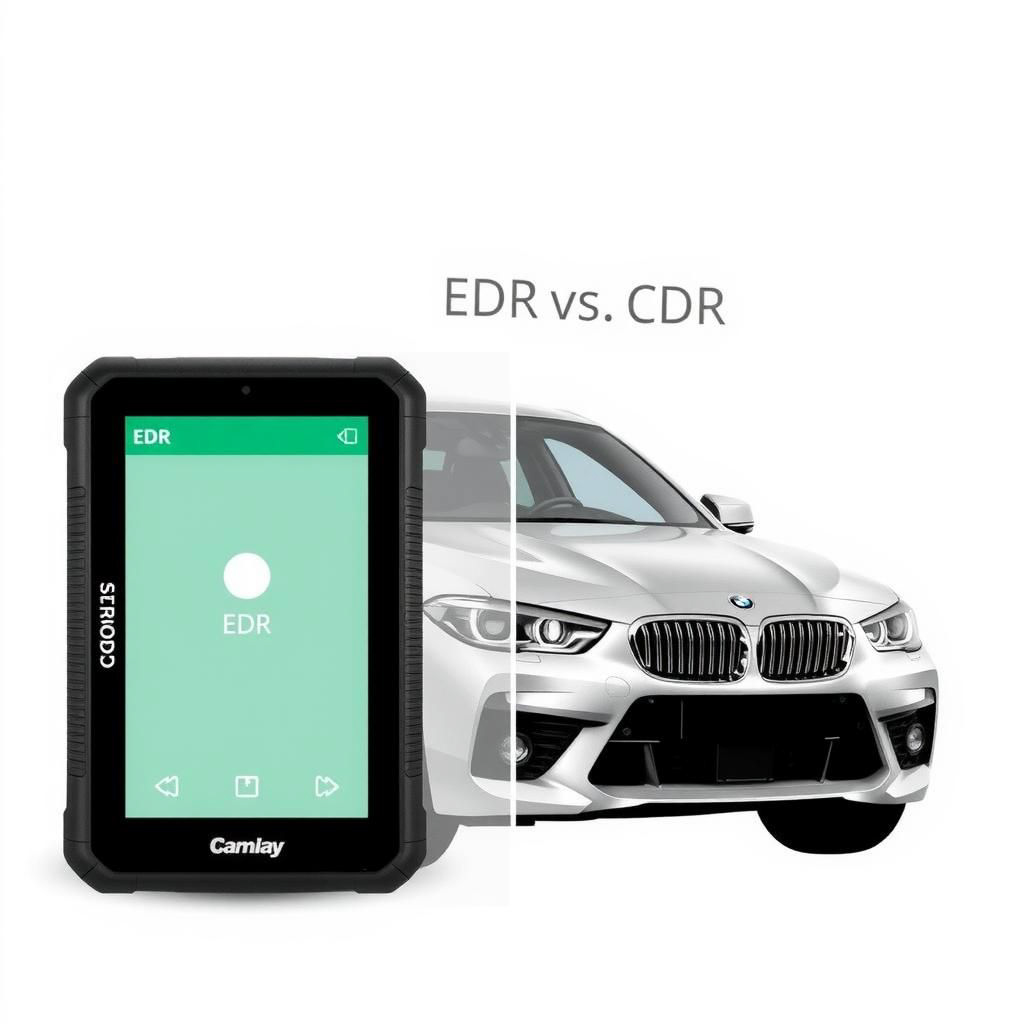- Julijana Cvetkovska
- February 13, 2025
Welcome to the era of vehicle data extraction , where every turn of the wheel, every brake press, and every engine rev
tells a story. Let’s dive into why this technology matters—and how it’s reshaping industries from auto repair to
insurance.
What Is Vehicle Data Extraction? (And Why Should You Care?)
- Event Data Recorders (EDRs): Often called the “black box,” EDRs capture crash-related data like speed, braking,
and airbag deployment. - Cloud Detection and Response (CDR): Monitors real-time telematics, security threats, and software health in
connected vehicles.
But here’s the kicker: This data isn’t just for mechanics. It’s for you.

The Silent Revolution in Your Dashboard
- Safety First: EDRs provide critical insights post-accident, helping investigators reconstruct events and improve
vehicle designs. - Cybersecurity: With cars becoming “computers on wheels,” CDR systems detect hacking attempts in real time,
blocking unauthorized access to your steering or brakes. - Insurance Innovation: Usage-based insurance (UBI) uses driving behavior data—like hard braking or night driving
—to tailor premiums. Safe drivers save money; risky ones pay more
But there’s a catch: Not all data extraction tools are created equal.
The Road Ahead: AI, Ethics, and the Future of Driving
- Bias in Algorithms: An AI trained on urban driving data might misinterpret rural driving patterns. Always verify tools
with diverse datasets. - Privacy Concerns: Who owns your driving data? Regulations like GDPR and CCPA are pushing for transparency,
but drivers should still review their vehicle’s data-sharing settings.

Your Next Step: Stay Curious, Stay Protected
Vehicle data extraction isn’t just a tech trend—it’s a lifeline for safer, smarter driving. Whether you’re a casual driver or
a fleet operator, understanding this technology empowers you to make informed decisions.
Ready to explore further? Tools like Crodymi’s EDR/CDR services offer a frictionless entry point, blending robust
analytics with user-friendly interfaces. No coupons, no gimmicks—just reliable insights.

